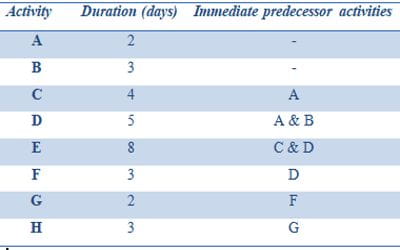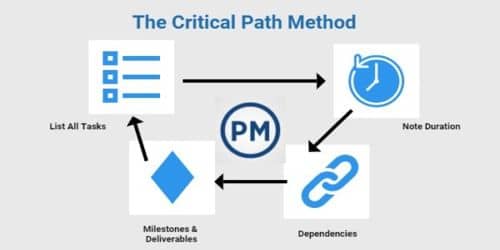Critical path: A critical path is an activity or event that, if delayed, will delay project completion. It is the chain of stages formative the least time needed for an operation, particularly when analyzed on a computer for a big organization. So, the critical path is actually the longest length of time it will take to total the project tasks. It is very useful in helping to manage any project.
Characteristics that of critical path time make them critical –
It is essential when planning any project to calculate how long each section will take. This helps to establish the start date of any activities which cannot start until the one which precedes it has been completed. The calculations also determine the latest date that the activity needs to be completed by in order for the next part to begin. Everything is closely tied together and without a diagram, it can be very easy for everyone to lose sight of their goals. Perhaps, more importantly, the diagram helps individuals to see the effects down the line if they do not stick to the plan at hand.
The network diagrams can be very helpful in this type of time management. Once you have all of the necessary activities worked out and added to the diagram you can use the critical path method to find the optimal way to finish those tasks.

Table: A table to do critical path analysis
Perhaps the simplest way of using the critical path method, once you have the earliest and latest start days, is to work backward. Obviously, the last activity is on the critical path as without this section the project will not be completed. You then work backward throughout each of the activities to locate the line of activities which do not have any float days available to them. However, it is much easier to create a table indicating the activity, preceding task and time duration and draw the network diagram based on that.















